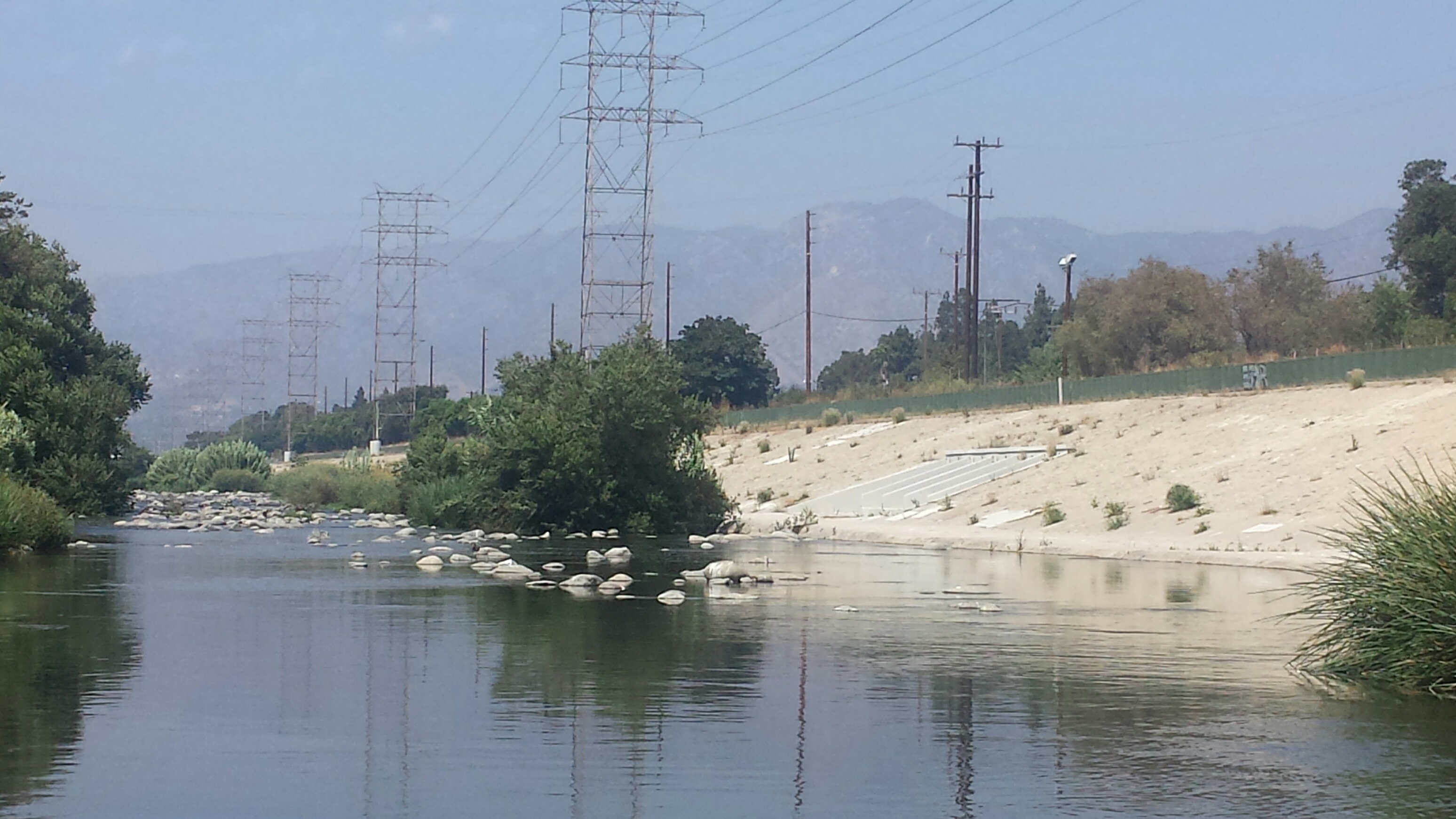Scientific process for evaluating environmental flows used to develop L.A. River diversion proposals

Two agencies that discharge treated wastewater and stormwater into the Los Angeles River have used a scientific process co-developed by SCCWRP to develop two independent proposals for diverting some of their discharges for water-recycling purposes.
The City of Los Angeles Bureau of Sanitation and the City of Los Angeles Department of Water and Power (DWP) have each completed a comprehensive analysis of how their proposed L.A. River discharge reductions would affect the river’s ecological health and recreational opportunities. The analyses – submitted to the State in December and September, respectively, as part of a California Environmental Quality Act (CEQA) review – are based on a standardized scientific process for evaluating environmental flow requirements that was finalized last year for the L.A. River.
The Bureau of Sanitation is seeking to divert treated wastewater from a water reclamation plant in the San Fernando Valley to a groundwater basin, while DWP is seeking to capture more stormwater in specially designed underground structures instead of allowing it to run off into the L.A. River.
The analyses provide a scientific foundation for making decisions about whether to approve the two diversion plans.
More news related to: Ecohydrology, Stormwater BMPs